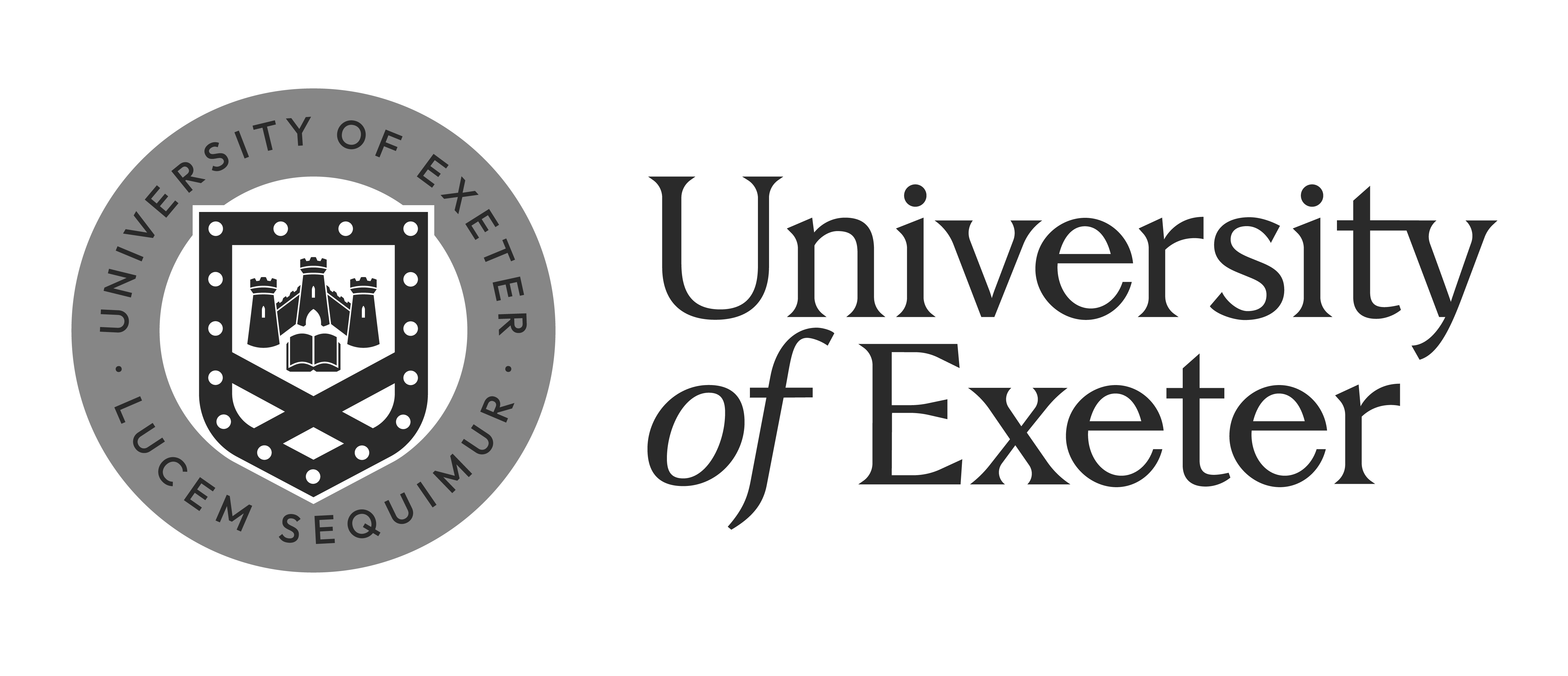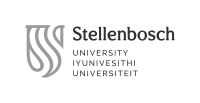S2517 Promises and Perils of Scientific Communication in the 21st Century: Focus on Environmental and Sustainability Sciences
Professors
Schedule
Course description
Those who have not participated in scientific research often think of science as a fixed body of knowledge—free from biases, sloppiness, or money-driven influences. But a recent story on fake science on U.S. National Public Radio included this stunning comment on the number of bogus scientifical articles: “The percentage was in 2020 at 28% of all biomedical publications. That comes to over 300,000 in the biomedical field alone. Now, if you consider that all of science is maybe roughly double that, then you can sort of roughly estimate that there may be a half million fake papers published per year.”
The scientific enterprise has been one of the undoubted achievements of human history: Twenty first century technology has given researchers incredibly powerful new tools, from big data analytics to CRISPR. But we’ve also seen the rise and rapid growth of “predatory journals”—bogus scientific journals that will publish just about anything if authors pay their publication fees. Easily accessed “preprints”—unreviewed drafts of scientific papers—are increasingly being used by non-scientists as if they were legitimate scientific publications. And AI is now making fake science even easier to generate on a massive scale. This course will begin with an overview of how scientific research has been historically communicated and how the modern scientific publishing process is supposed to work. We will then study new and growing challenges to accurate scientific communication—the crucial means through which scientific research gets communicated to other researchers and policy makers. While course readings and discussion will involve a range of scientific disciplines, students will be encouraged to select their case studies from the environmental and sustainability sciences.
TOPICS
• What are scientific articles? How do these differ from other kinds of writing about science? Who writes them, and why?
• Peer review. How is it supposed to work? What are its benefits when it works well? How can it go wrong?
• Publication bias. Scientific hypotheses are more likely to be wrong that right. But since scientific journals rarely publish results from studies that showed a treatment or approach did not work, the scientific community rarely knows what’s already been tried and failed.
• Replication. We often hear that scientific reports should be written in way that makes it easy for others to repeat the study to confirm the results, but researchers rarely do this—because few journals will publish replication studies. Why not? How has this lack of confirmation impacted the accuracy of scientific research and what attempts are being made to encourage the publication of such studies?
• Plagiarism. How has digitization led to a drastic rise in plagiarism in science? How well do plagiarism-detection platforms detect plagiarism, and what new problems do these “solutions” cause?
• Fake Science: What are fake scientific reports and how are they made? What are editors doing to detect them—or can they? How is AI contributing to this problem?
• Predatory Journals. What are these fake journals and why do they exist? How can we tell if a journal is real or not? What efforts are being made to combat this growing threat to scientific validity? Are good scientists in poorly-resources countries being accidently caught in the predatory journal net?
• English as the dominant language of science. Why did this come to be? Who benefits and who is harmed? How does English-centric science influence the breadth and quality of health-science research?
Guest experts on topics such as predatory journals and peer review will join the class via zoom on some days for short lectures and discussion.
Example Assignments
• Analyses and report on a possibly predatory journal
• Context analysis of a science journal article to examine possible conflicts of interest, plagiarism and other ethical concerns.
Learning Outcomes
Students will (1) understand the contemporary scientific publishing process and the stakeholders involved; (2) learn about the strengths and inherent limitations in scientific communications; and (3) learn about new challenges to scientific accuracy and integrity resulting from the digitization of writing and publishing.
Evaluation
Quizzes on assigned readings (10%)
Attendance and Active Participation (10%)
Short Analyses (30%)
Project Presentation (25%)
Final Project Paper (25%)
Example Readings
There’s far more scientific fraud than anyone wants to admit. The Guardian. 2023
Fake news threatens a climate literate world. Nature Communications, 2017
The Dark Side of Publishing. Dalmeet Singh Chawla. Nature, 2013.
Environmentalist accused of scientific dishonesty. BMJ, 2003
When to trust (and not to trust) peer reviewed science. Merlin Crossley. phys.org, 2018
Who's Afraid of Peer Review? John Bohannon. Science, 2013.
Science to retract study on fish and microplastics. Retraction Watch, 2017.
Factors affecting global flow of scientific knowledge in environmental sciences. Science of the Total Environment.
Thanks for the Guardians of Science. Journal of Wildlife Management. 2020.
Beware of scientific scams! Hints to avoid predatory publishing in biological journals. Neotropical Biology and Conservation, 2023.
Mystery as controversial list of predatory publishers disappears. Science, 2017.
Ecology Community: Predatory Journals. Journal of Ecology Blog.
Predatory journals recruit fake editor. Katarzyna Pisanski. Nature, 2017.
Predatory and Misleading Metrics. Global Journal of Environmental Science and Management.
First predatory journals, now conferences: The need to establish lists of fake conferences. Science of the Total Environment.
AI is complicating plagiarism. How should scientists respond? Nature, 2024.
Plagiarism in peer-review reports could be the ‘tip of the iceberg’. Nature. 2024.
The fight against fake-paper factories that churn out sham science. Nature, 2023.
China’s research-misconduct rules target ‘paper mills’ that churn out fake studies. Nature, 2020.
Last updated: January 10, 2025


















